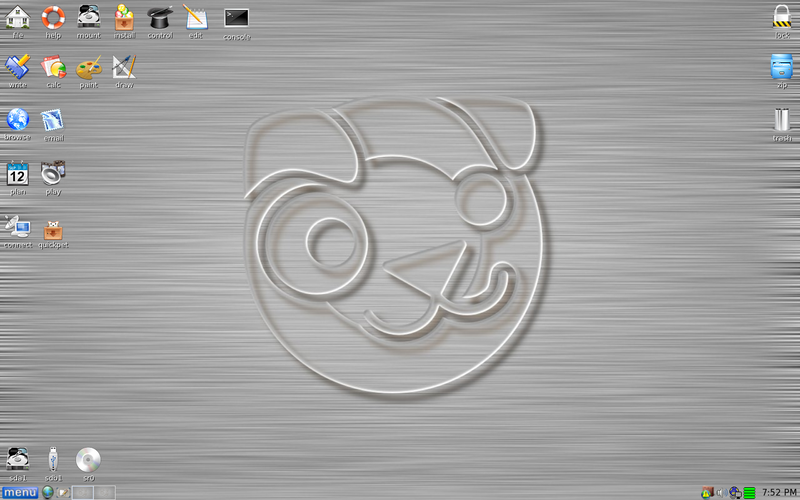Hi, this is my first post. Help! I will try to be as precise as I can with the problem.
My computer started acting up--ridiculously slow, I mean one problem was simply waiting minutes for the curser to move from one spot to another, etc. And when trying to download large files (movies), it would say "not enough memory" on the drive. (I had been using up a lot of memory with pictures, music, movies, etc. but come on!) I also have had to restart the computer a few times manually due to freezing up, etc. and I had gotten a "black screen of death"? (never heard of a black screen of death) but also got a "blue screen of death", too.
I was also using a Seagate external hard drive mostly for saving music and pictures. My son had put a partition on it as a emergency recovery partition.
When I started having problems, I did all the normal stuff like clearing out everything possible and getting rid of unnecessary programs, virus scanning (TrendMicro), defragmented, etc., etc., etc.
I was told I should do a total system recovery. So, I bought another 4T Hard Drive (a My Book) and started saving all my important files to it--Pics, music, movies, documents, Outlook Files incl. contacts, etc.-- everything I was afraid I might lose. Everything except what was on my Seagate External Hard Drive.
When I originally went to do the recovery, I couldn't get to the partitioned emergency recovery, I didn't understand why, but I decided to do the
normal total system recovery and re-install windows. When I proceeded, it called for the recovery disc. I put the recovery disc I had in. It proceeded okay, then called for the second disc. What second disc? I couldn't find one.
I cannot remember exactly when this happened or what steps I took or when, but at one point, a screen came up that said "eminent hard drive failure".
Anyway, after it asked for a second disc, which I didn't have (not sure why), I tried to get the BIOS to go to the emergency partition on the Seagate External hard drive. It didn't work.
I had to wait for my son-in-law to come fix my mess. He reinstalled Windows and got my computer going, but now the Seagate won't boot up; it says there is nothing there?!? I know (or rather hope desperately!) that it's still there, somewhere, somehow! But how do I get to it and save all my music and pictures? My brother-in-law is some what of a computer geek, but he hasn't had any luck getting to it.
Are there other programs or things that can be done to get to my stuff on that drive? Please help! I am desperate!
I do not know if I am suppose to do this, but you may email me at: xxxxxxxxxxxxxxxx
Edited by phillpower2, 24 June 2014 - 11:45 AM.
email address removed for security.




















 Sign In
Sign In Create Account
Create Account

